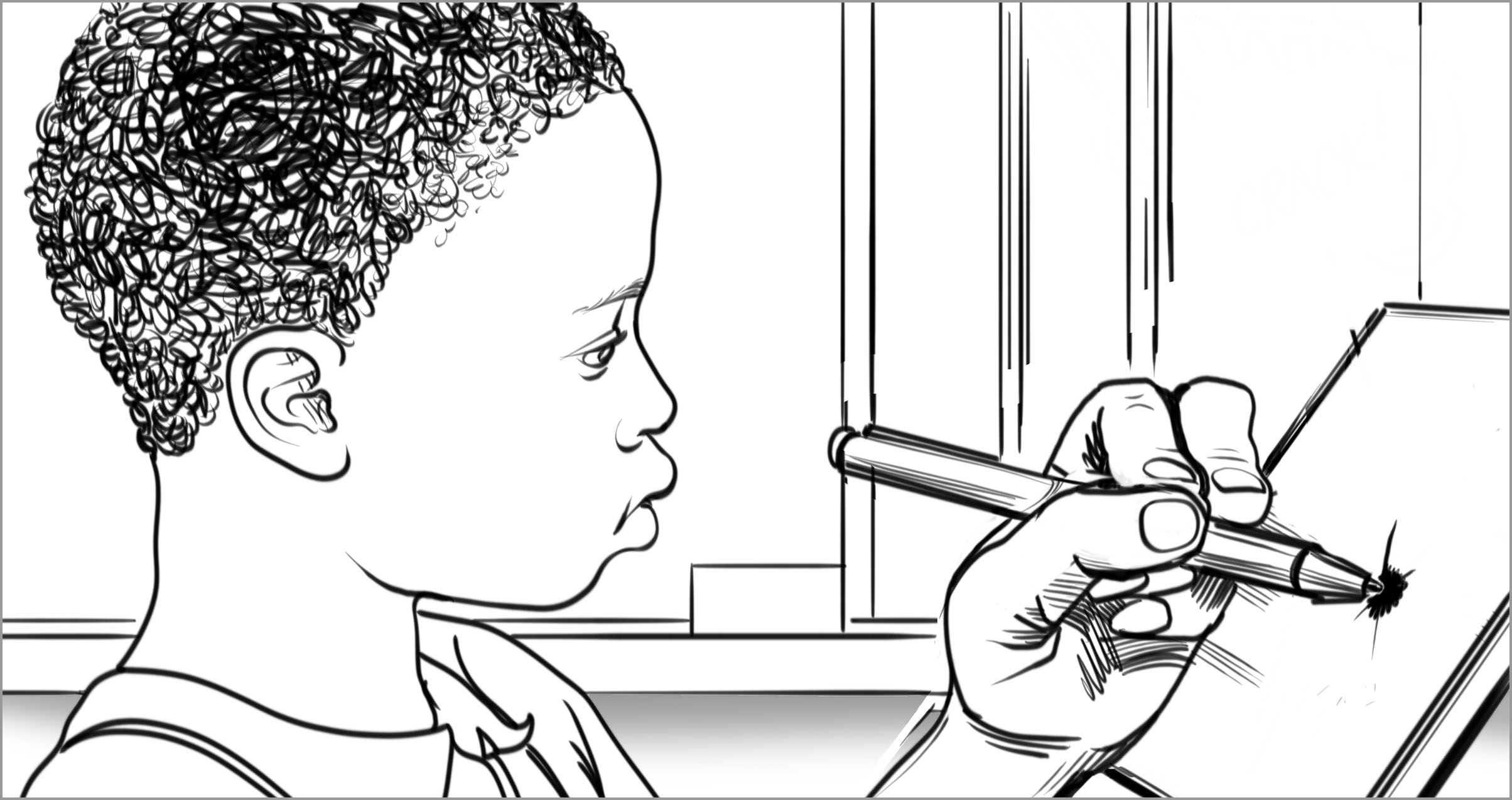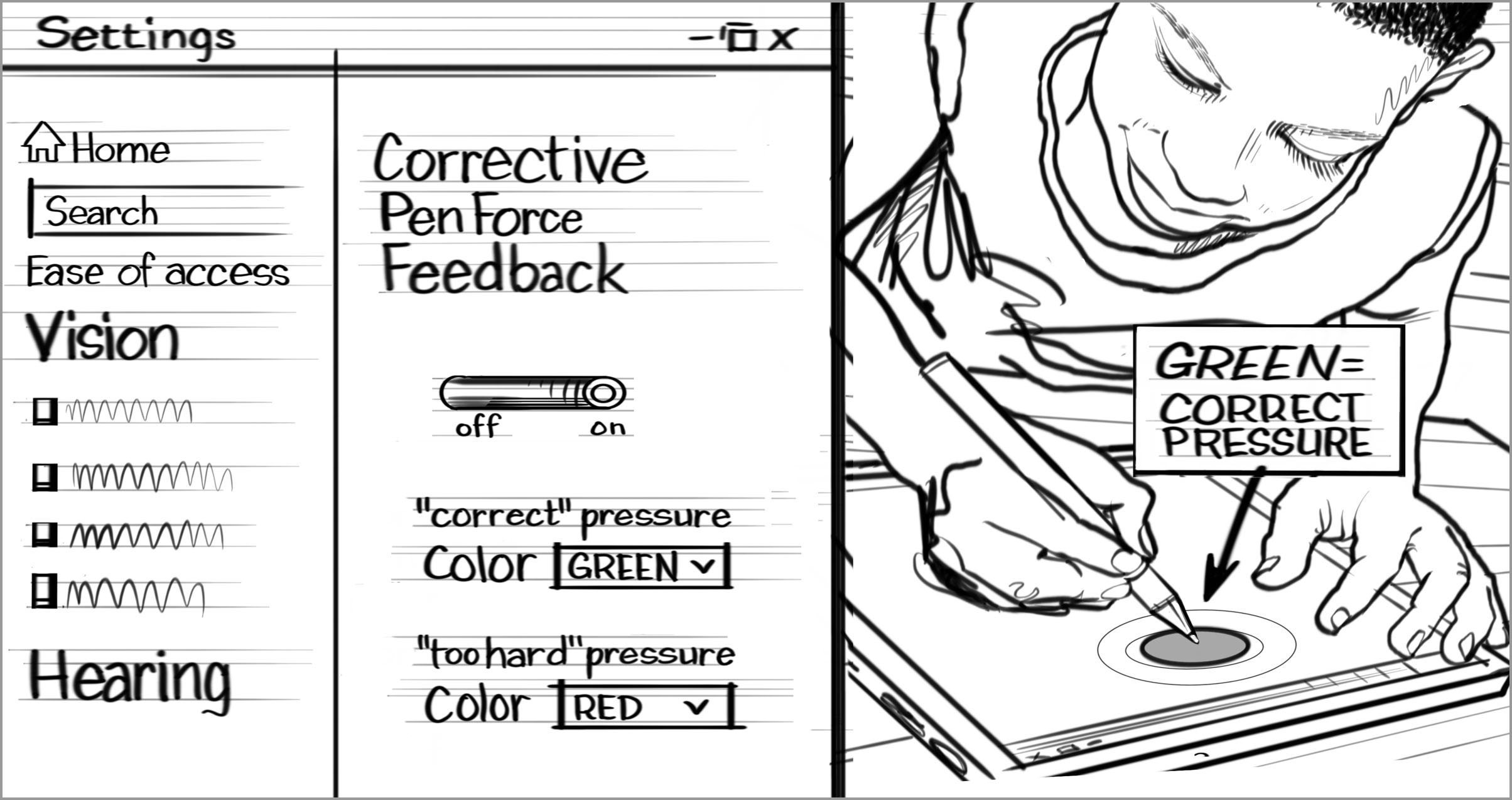Note
Access to this page requires authorization. You can try signing in or changing directories.
Access to this page requires authorization. You can try changing directories.
A person’s awareness of their body’s movement and position in relation to their environment.
Proprioception tells us where our body is in space. Decreased proprioception can affect things like our posture—if someone can’t feel themselves leaning to one side, they won’t know to stand up straight to reduce strain. Similarly, proprioception gives us feedback regarding the force we're using with our muscles. When proprioception is decreased, we may not get an accurate picture of the force we use with a device. Someone who has difficulty detecting proprioceptive feedback may need to hit a button harder or press their pen against the touch screen more forcefully to know they’ve made contact. Excessive force can break hardware, and minimal force can make it seem like the device isn’t working properly.
Difficulties with proprioception are common in people with autism and sensory processing disorders. They also can exhibit in people with long-term injuries and nervous system dysfunction.
Barriers
- Experiences that require physical contact with a device
- Hardware that lacks durability (such as glass screens, pens with fine tips)
Facilitators
- Durable hardware
- Support for alternative input methods intended to withstand repetitive interaction at high forces (such as keyboards, mice, switch buttons)
- Compatibility with third-party accessories that increase durability (such as cases, screen protectors)
- Haptic feedback that shows contact is being made with a device screen
- Visual feedback that contact is being made with a device screen (such as an indicator circle when pen or finger contact is made with the screen)
Examples

BARRIER — Diminished proprioception can affect a person’s ability to sense how much pressure they exert on a device.

FACILITATOR — Providing visual or haptic feedback of the force of contact on a device can prevent hardware from being damaged.
The purpose of this reference is to provide concepts people can use to document and discuss aspects of function. Design should happen with people with disabilities, this reference is meant to support that activity, not replace it.